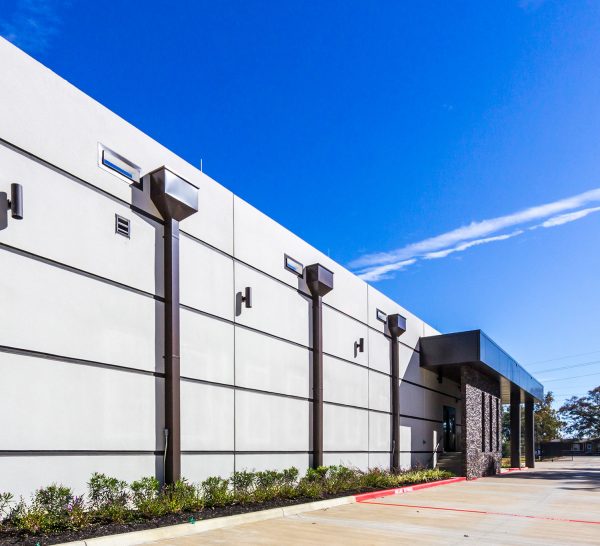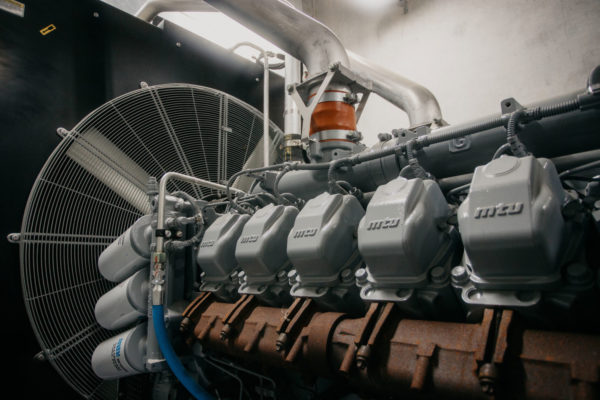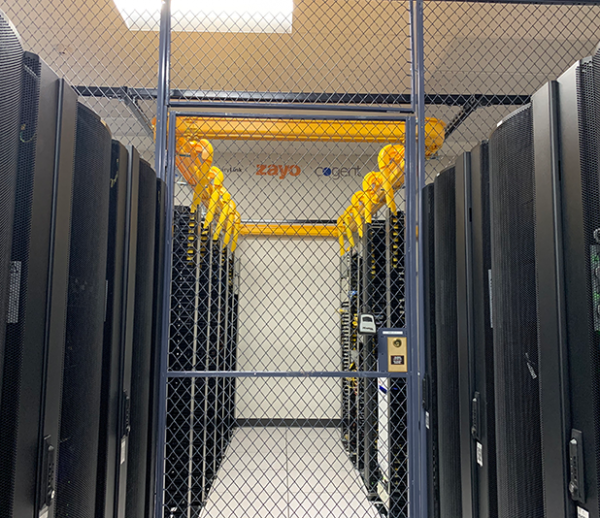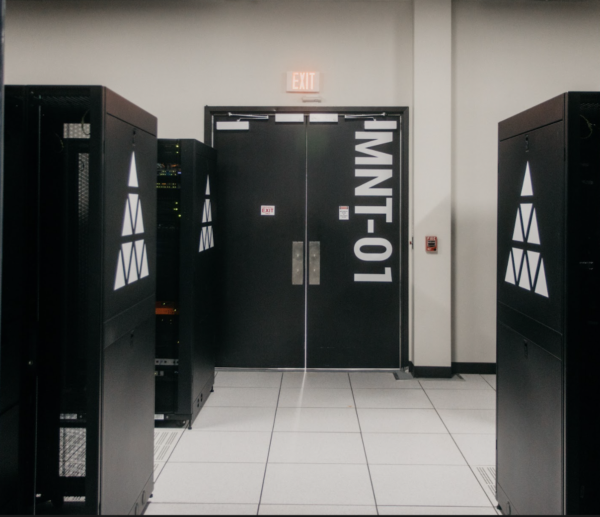In the world of colocation, not all interconnection strategies are created equal—and not all deserve their price tag. Many facilities charge a premium based on their location and historical role in network aggregation, but with today’s network technologies and diversified access models, those premiums are becoming harder to justify.
Modern data centers are no longer constrained by outdated assumptions about proximity or interconnection density. Side-by-side performance comparisons now show that facilities like ours can meet, or even exceed, the technical benchmarks of traditional carrier hotels, while delivering better economics, flexibility, and scalability
Latency Testing
Using Inflect’s latency tool, data was gathered to check the best theoretical latency to different locations from:
- Netrality’s 1301 Fannin carrier hotel in downtown Houston, and
- Our purpose-built Houston Data Center.
The goal: determine whether our facility could match the performance typically associated with dense urban carrier hubs.
| Destination | 1301 Fannin | TRG Datacenters |
| Equinix DA1 Dallas Infomart | 3.73 ms | 3.37 ms |
| Digital Realty ATL13 Atlanta | 11.49 ms | 11.43 ms |
| 60 Hudson New York | 23.25 ms | 23.1 ms |
The difference? Less than milliseconds across the board – a level of variance that’s functionally irrelevant in most enterprise or cloud workloads.
The key takeaway: you don’t need to be inside a legacy carrier hotel to achieve top-tier network performance.
Carrier Hotels: Connectivity with a Cost
Carrier hotels like 1301 Fannin in Houston offer undeniable interconnection density, with over 70 carriers on-site (per Netrality). But that density comes with both technical limitations and significant recurring costs that often go overlooked.
Cross-Connects: More Expense, Not More Value
One of the most costly examples is cross-connect fees. Cross-connects can often be priced at $300 per month per connection. For a customer leveraging multiple carriers, cloud onramps, or partner networks, those charges can quickly balloon. Just five connections equates to $18,000 annually – a recurring OPEX line item that provides no performance gain over newer facilities.
By contrast, we eliminate cross-connect fees entirely. Combined with a purpose-built, modern facility design, we offer a more sustainable approach to interconnection – without the operational baggage of legacy environments.
What Draws People to Carrier Hotels?
It’s not always about performance. Carrier hotels carry brand prestige – the kind that allows companies to say they’re housed in iconic buildings like 910 Telecom or 60 Hudson. For some, that badge of honor matters more than network metrics.
But nostalgia doesn’t translate to value for the majority of today’s workloads. Unless you’re a hyperscaler, streaming company, or involved in ultra-latency-sensitive financial trading, the density and history of a carrier hotel rarely justify the price tag.
Legacy Architecture = Modern Constraints
The term carrier hotel evokes grandeur, but behind the scenes, many are aging, retrofitted office buildings with structural and operational drawbacks:
- Low ceilings that limit rack height and cooling design
- Tight hallways and tiny elevators that slow installs
- Mixed-use layouts combining offices and cages
- Limited raised flooring and legacy power systems
- Old windows and insufficient space for modern generators
These buildings were never purpose-built for today’s compute densities or cooling requirements. Retrofits cost money – and those costs are passed down to tenants in the form of higher leases, higher power premiums, and increased maintenance overhead.
It’s not that modern data centers are “cheaper”—it’s that carrier hotels are more expensive by design.
What Does It Mean to Be a Carrier Hotel in 2025?
Today, we should move away from the romanticism of physical addresses and toward functional relevance.
Instead of clinging to outdated real estate models, a more fitting term might be a Network Access Point (NAP)- a facility that provides
- Offer carrier-neutral, multi-path connectivity
- Provide access to IXPs and cloud platforms
- Deliver low-latency, high-resilience links
- Operate on scalable, transparent infrastructure
By this standard, our Houston data center fits the bill. It offers all of the above—without relying on a downtown location or a legacy structure. In fact, our facility design enhances scale, efficiency, and redundancy by starting with a clean slate
Conclusion: Premium Performance Without the Premium Price
Carrier hotels still serve a purpose – for a small subset of clients with specialized needs. But for the vast majority of enterprises they offer little practical advantage and significant cost.
At our Houston data center, you get the same latency, more operational flexibility, and a much lower total cost of ownership – without compromising performance.
If your infrastructure strategy is still being guided by legacy assumptions or geographic prestige, it may be time to reevaluate.
Looking for colocation?
For an unparalleled colocation experience, trust our expert team with three generations of experience







